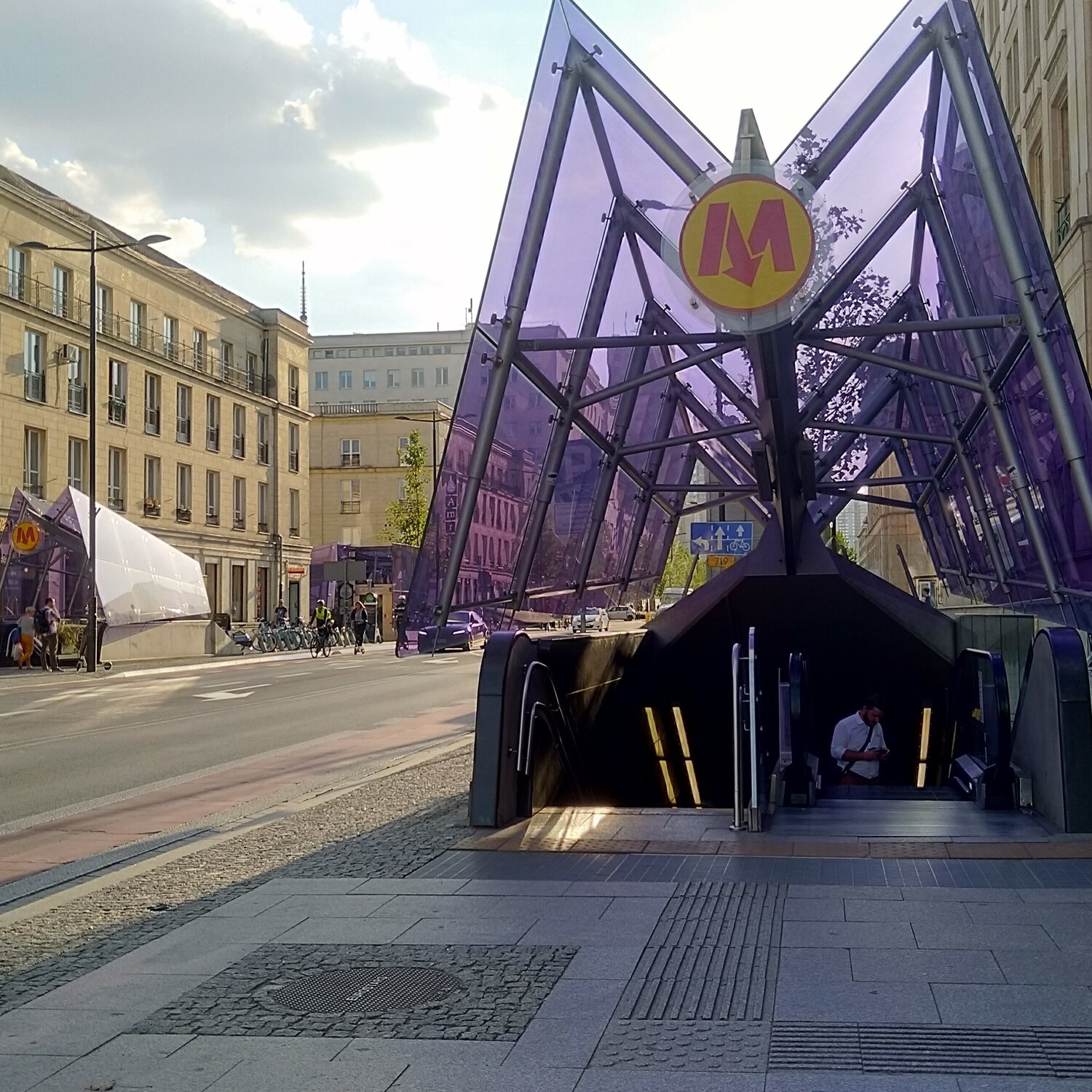Navigating Warsaw’s Metro System as a Visitor
Visiting Warsaw, Poland’s vibrant capital, offers a mix of rich history, modern attractions, and a bustling urban life. One of the most efficient ways to explore the city is by using its metro system. While it might seem daunting at first, especially if you’re unfamiliar with the language, Warsaw’s metro is user-friendly and can be a convenient way to get around. Here’s a practical guide to help you navigate the system with ease.
Understanding the Metro Lines
Warsaw’s metro system is relatively straightforward, consisting of two main lines: M1 and M2. The M1 line runs north to south, while the M2 line runs east to west. These lines intersect at the Świętokrzyska station, making it a central hub for transfers. The metro stations are marked with a large yellow “M” sign, making them easy to spot. Maps are available at each station, and they clearly indicate the direction of travel and the stops along each line. Most stations also have electronic boards displaying the arrival times of the next trains.
Buying Tickets and Fares
Purchasing tickets for the Warsaw metro is simple. Tickets can be bought at vending machines located in every station, and they accept both cash and card payments. You can also purchase tickets at kiosks and some convenience stores. There are several types of tickets available, including single-ride tickets, 20-minute tickets, 75-minute tickets, and 24-hour passes. If you plan to use public transport frequently, consider buying a 24-hour pass for unlimited travel on buses, trams, and the metro. Remember to validate your ticket at the yellow machines before entering the platform. Failure to do so can result in a fine if checked by a ticket inspector.
Tips for a Smooth Journey
To make your metro experience in Warsaw as smooth as possible, here are a few tips:
- Plan Your Route: Before heading out, use a map or a mobile app like Jakdojade to plan your journey. This app provides real-time information on public transport in Warsaw and can help you find the quickest route to your destination.
- Mind the Peak Hours: The metro can get crowded during peak hours, typically from 7:00 to 9:00 AM and 4:00 to 6:00 PM. If possible, try to travel outside these times for a more comfortable ride.
- Stay Safe: Warsaw is generally safe, but like any major city, it’s wise to stay alert. Keep an eye on your belongings, especially in crowded areas, and be cautious of pickpockets.
- Accessibility: Most metro stations in Warsaw are equipped with elevators and escalators, making them accessible for travelers with mobility issues or those with strollers.
- Language: While Polish is the primary language, many signs in the metro are also in English, and station announcements are made in both languages. If you need assistance, don’t hesitate to ask a local; many people in Warsaw speak English and are willing to help.
Warsaw’s metro system is an efficient and cost-effective way to explore the city. With a little preparation and these practical tips, you’ll be able to navigate the system like a local and make the most of your visit to this dynamic city.
